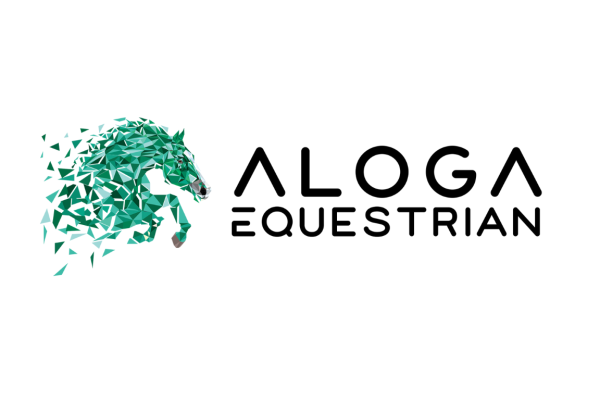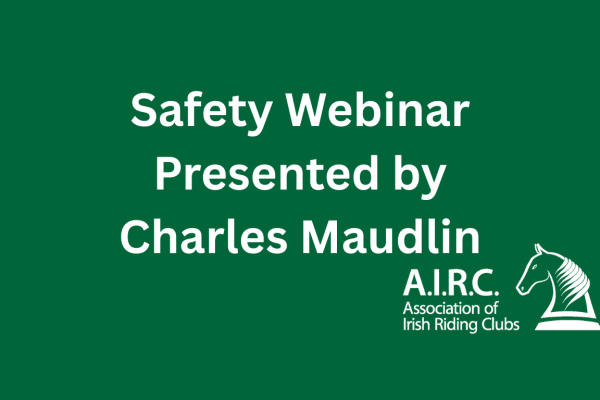In a follow up to our previous article about tips on lunging, in this installment, you will learn how to increase and decrease the size of your circle and also how to shorten and lengthen the stride of your horse.
In the last lesson, we looked at body language and its positive use when training the horse, the technique and how to interact with a horse on the lunge as a means of training so the horse understands and how the horse must never be afraid or restrained so as to prevent looseness.
- Revisit ‘Tips on lunging your horse’
You should begin this session in the same way as you did in the last, familiarising the horse with its surroundings and any new props (cones drums or poles) that can be used to enhance the session.
When the horse has relaxed work can begin and warm up as outlined previously.

Where you attached the side reins is a matter for the Trainer and how the animals muscle development is progressing. Each horse is different and requires different adjustments and work to achieve the desired outcome. This skill is learned by the trainer by closely looking at each horse and how they go depending on their conformation.
You should work the horse on as big a circle as possible, then decrease the size gradually encouraging the horse to maintain a good rhythm and remaining light on his feet. After 2 or 3 small circles send the horse out onto a bigger circle and maintain the rhythm and forwardness. Repeat a few times then change rein and do the same.
In order for us to train the horse, we must understand that the horse only knows how to move its legs faster or slower and this powerful skill is used to develop and train all the classical moves in dressage.
We need to train the horse to take bigger and shorter steps and we have already been, to some extent, training the horse in earlier sessions by our body language and use of the whip.
Encourage the horse to take bigger steps by using the word come and actively encouraging with a low whip activity. Then a quiet whip pointing to the ground and the word ‘woooooo’ so the horse slows down and takes shorter steps. Then using the word ‘come’ and an active low whip ask the horse to make bigger steps. Repeat this on both reins on as big a circle as possible. When this is achieved and the horse can respond with bigger steps (lengthened strides) and shorter steps (lighter footfalls) you will begin to see the quality of the trot improve with the rhythm and lightness of the steps.
In the video below you can see how the horses outline is changing and the looseness and shape coming more the norm with this 3-year-old.
I have not talked about where to attach the side reins or other training aids as this is a matter for the trainer and the outcomes being looked for. I will briefly mention it in Lunge 3.
Remember lunging can be dangerous if carried out without due care and attention.
Compiled by Tony Ennis, Chairman.




